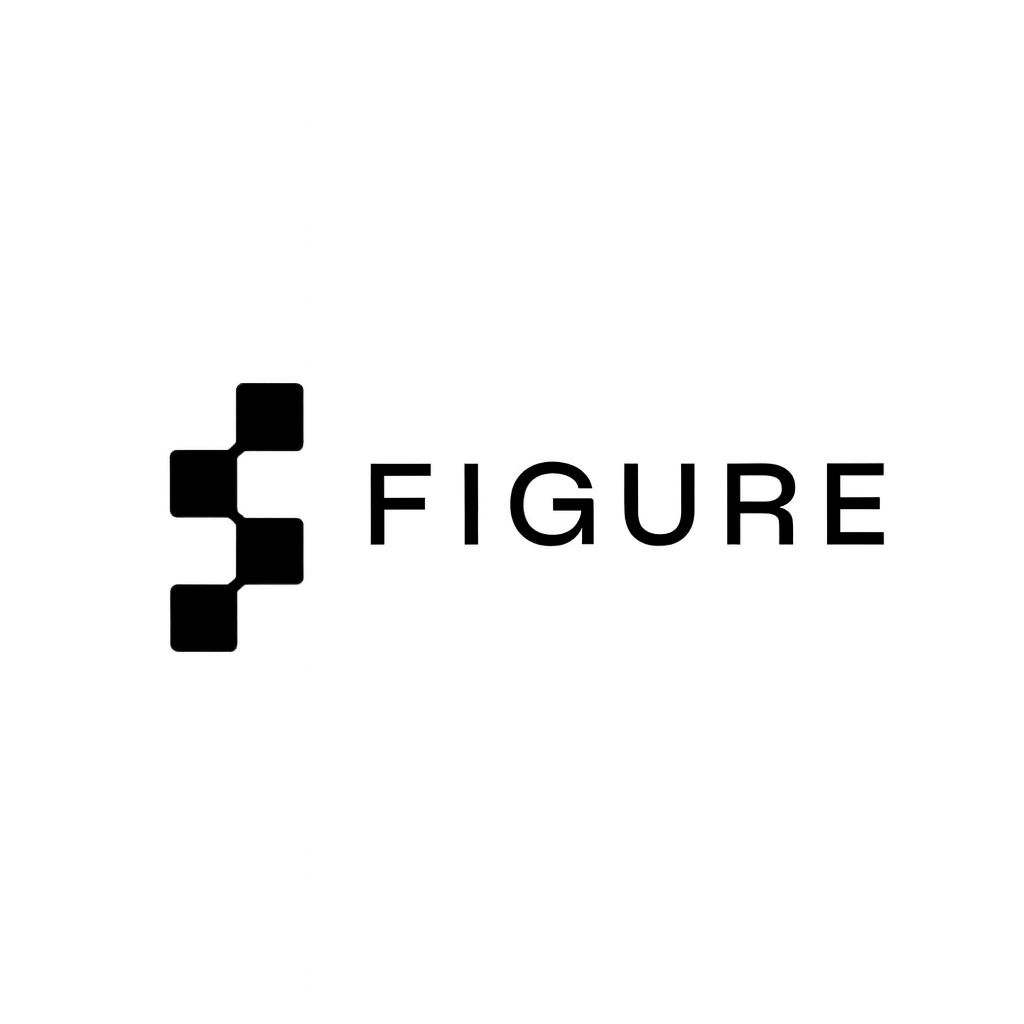
Lets get started finding your next job :]

Figure AI

Robotics scaling.....
Website +1 (415) 987-4620 email
Job Openings +79
AI Review
Match CV
Trajectory
-
In San Jose, CaliforniaAI Training Infrastructure Engineer - Helix Team
-
In San Jose, CABattery Test Technician
-
In San Jose CACNC Machinist
-
In San Jose, CACommercial Manager
-
In San Jose, CAData Creator Manager - Helix Team
-
In San Jose, CAElectrical Engineer Intern [Winter 2026]
-
In San Jose, CAElectrical Test Engineer – Test Infrastructure
-
In San Jose, CAEmbedded Actuation Engineer
-
In San Jose, CAEmbedded Systems Integration Engineer
-
In San Jose CAFabricator
-
In San Jose, CAFacilities Technician
-
In San Jose, CAFull Stack Motor Control Engineer
-
In San Jose, CAFull-Stack Engineer - Systems Integration
-
In San Jose, CAGlobal Supply Chain Intern [Winter 2026]
-
In San Jose, CAHands Integration Engineer
-
In San Jose, CAHardware Reliability Intern [Winter 2026]
-
In San Jose, CAHardware Reliability Technician
-
In San Jose, CaliforniaHarness Integration Technician
-
In San Jose CAHarness Integration Technician, Quick Turn
-
In San Jose, CaliforniaHead of Capital Formation
-
In San Jose, CAHelix AI Intern, Speech [Winter/Summer 2026]
-
In San Jose, CAHelix Data Creator
-
In San Jose, CaliforniaHumanoid Robot Deployment Engineer
-
In San Jose, CAHumanoid Robot Operator
-
In San Jose, CAHumanoid Robot Operator (PM/Weekend shift)
-
In San Jose, CaliforniaHumanoid Robot Pilot - Helix Team
-
In San Jose, CaliforniaIntegration and Test - Mechanical Engineering Intern [Winter 2026]
-
In San Jose, CALead TeleOp Embedded Firmware Engineer
-
In San Jose, CALead UI/UX Designer
-
In San Jose, CAManager, Materials Planning
-
In San Jose, CAManufacturing Electrical Test Engineer
-
In San JoseManufacturing End of Line Lead
-
In San Jose, CAManufacturing Equipment Technician
-
In San Jose, CAManufacturing Software Test Engineer
-
In San Jose, CAManufacturing Test Engineer, PCBA
-
In San Jose, CAMaterial Handler (All Levels)
-
In San Jose, CAMechanical Engineer - All Levels
-
In San Jose, CAMechanical Engineer - TeleOp
-
In San Jose, CAMechanical Engineer Intern [Winter 2026]
-
In San Jose, CAMechanical Engineer, BotQ Equipment
-
In San Jose, CAMechanical Engineer, Robot Ecosystem
-
In Sunnyvale, CAMechanical Engineer, Robot Head
-
In San Jose, CAMechanical Engineer, Softgoods/Plastics
-
In San Jose, CAMechanical Engineer, Sustaining
-
In San Jose, CAMiddleware Software Engineer
-
In San Jose, CAOperations Associate, Helix
-
In San Jose, CAOver-the-Air Software Engineer
-
In San Jose, CAPilot Manager - Helix Team
- Production Associate (All Levels)
-
In San Jose, CARobot Service Technician
-
In Lathrop, CARobotic Operations Technician
-
In San Jose, CARobotic Safety Engineer
-
In San Jose, CARobotics Validation Engineer
-
In San Jose, CASecurity Engineer - D&R
-
In San Jose, CASenior Actuator Design Engineer
-
In San Jose, CASenior Cloud Network Engineer
-
In San Jose, CASenior Data Engineer
-
In San Jose, CaliforniaSenior Embedded Software Engineer
-
In San Jose, CASenior FEA Engineer
-
In San Jose, CASenior Hardware Failure Analysis Engineer
Figure AI is headquatered at 3960 N 1st St, San Jose, CA 95134, USA